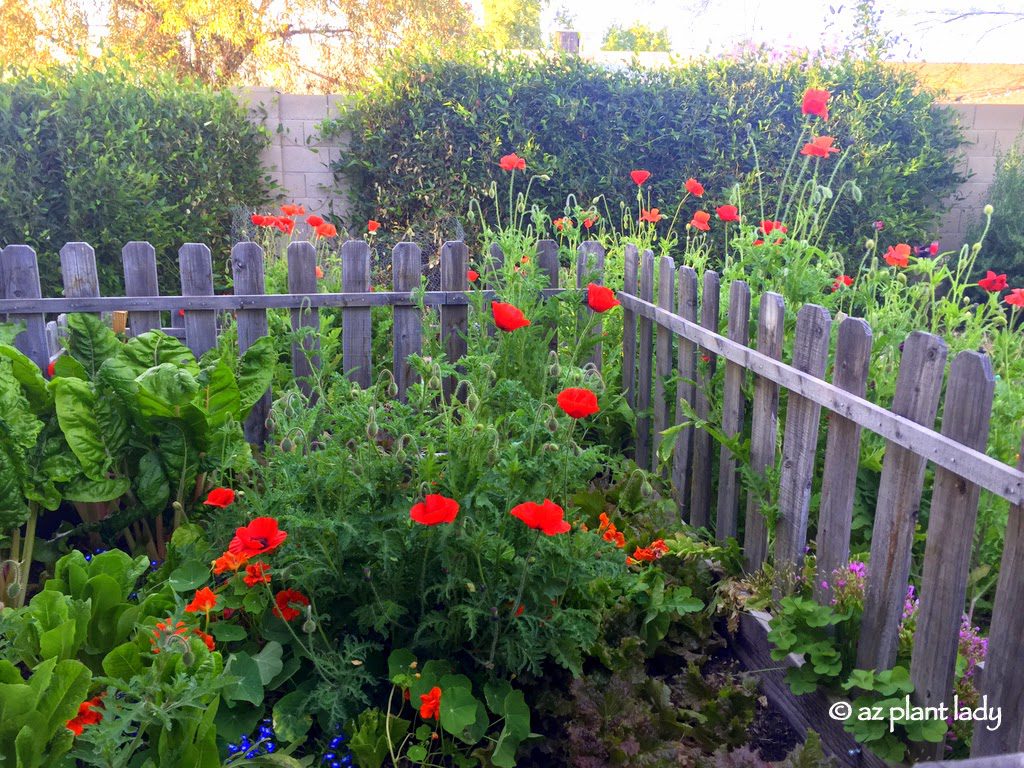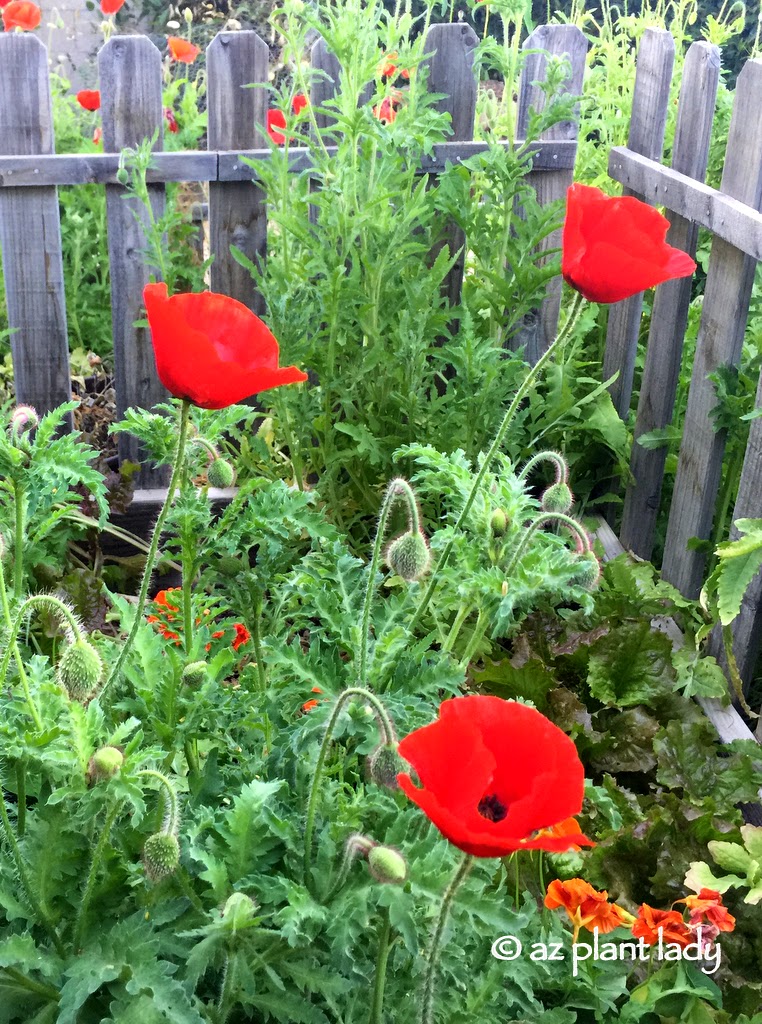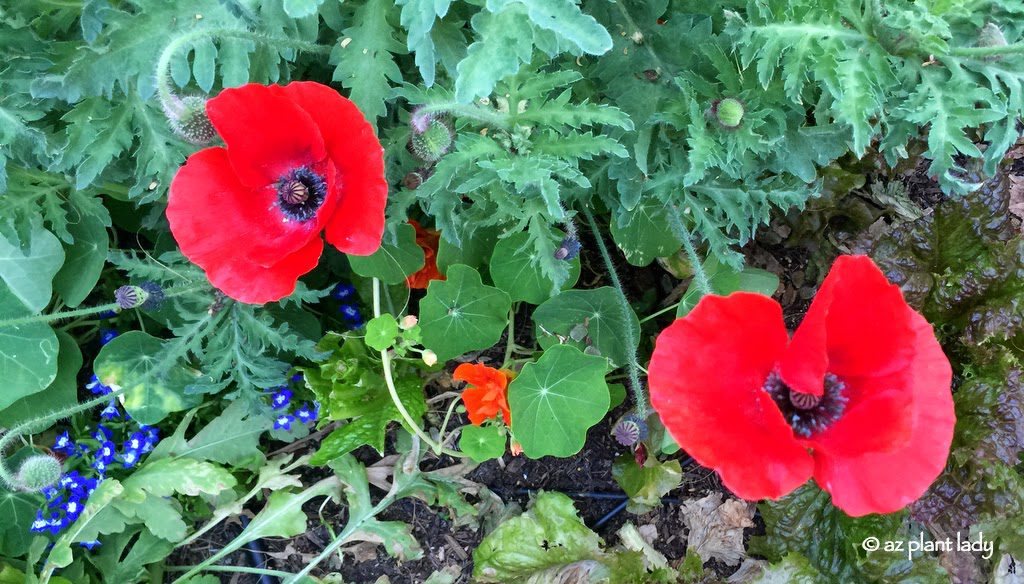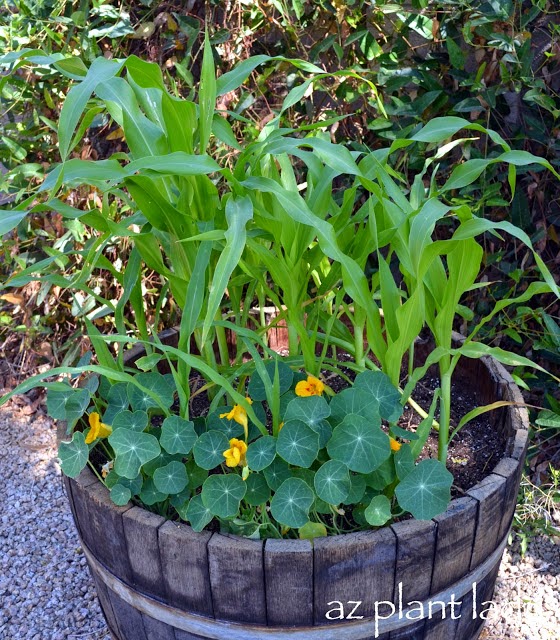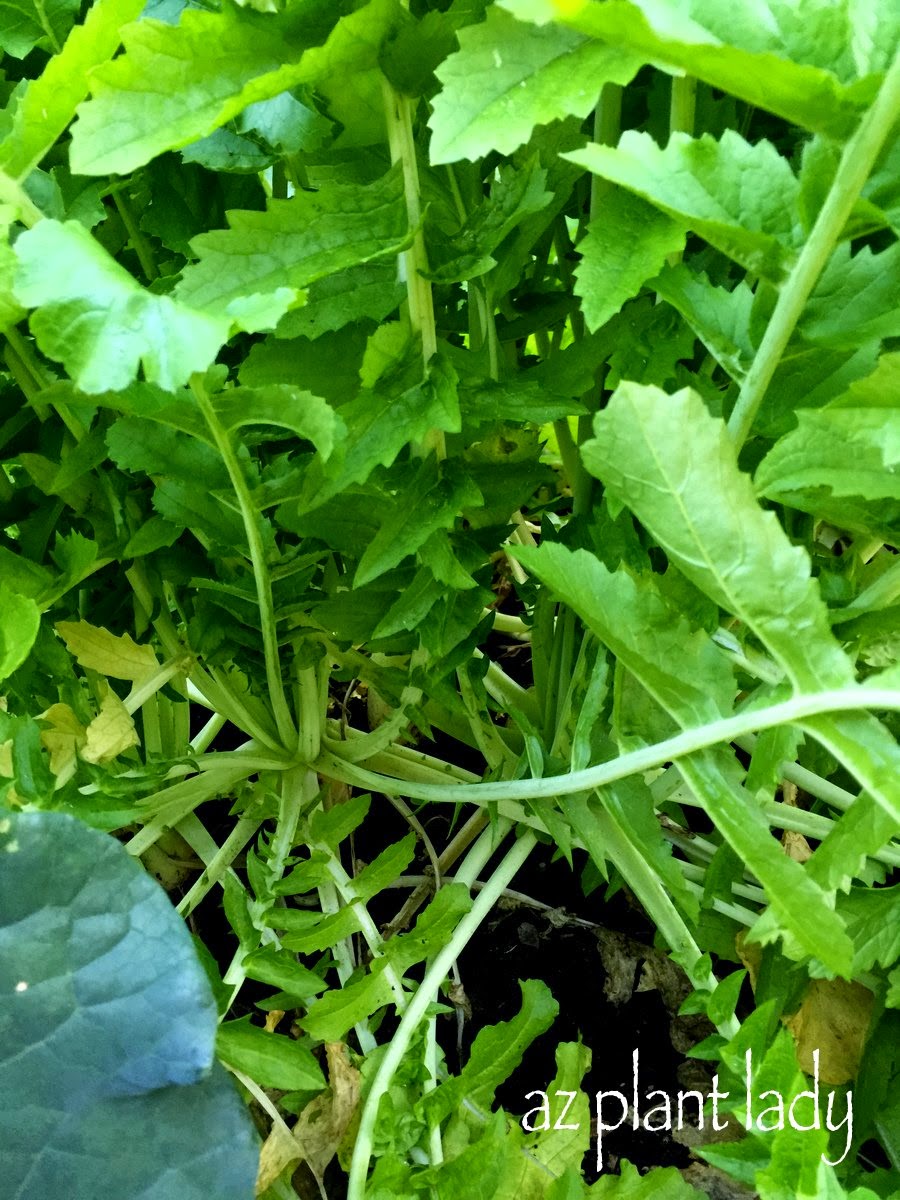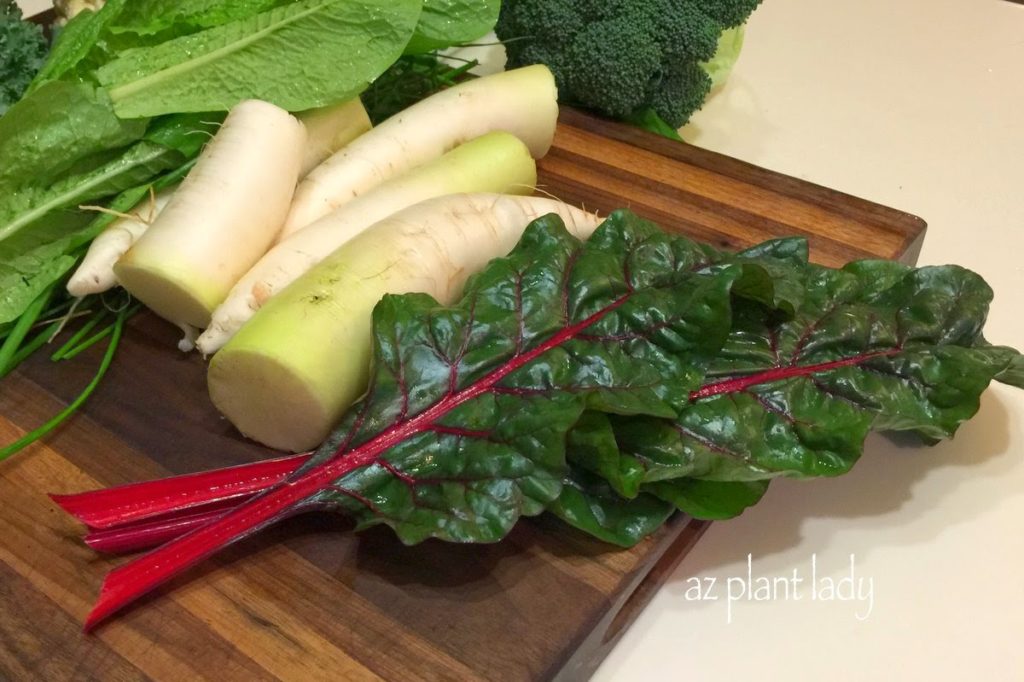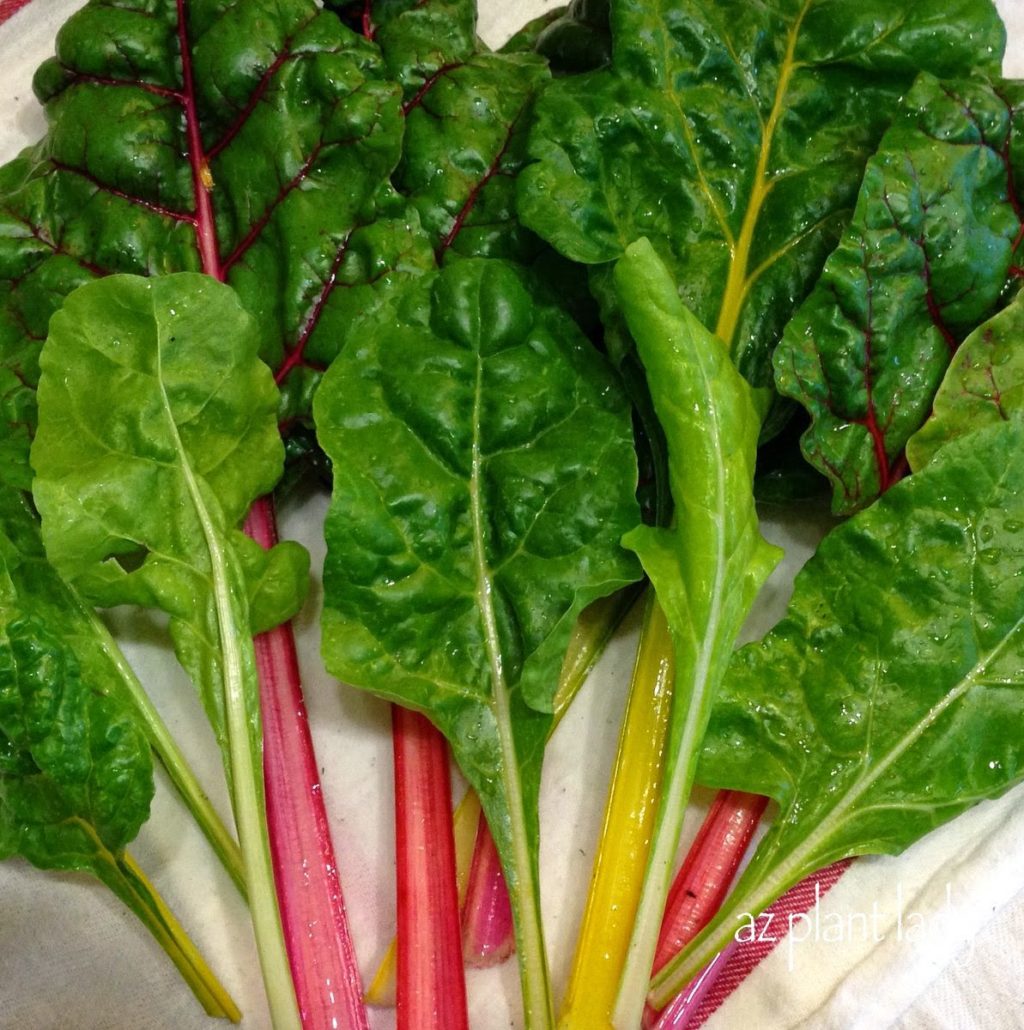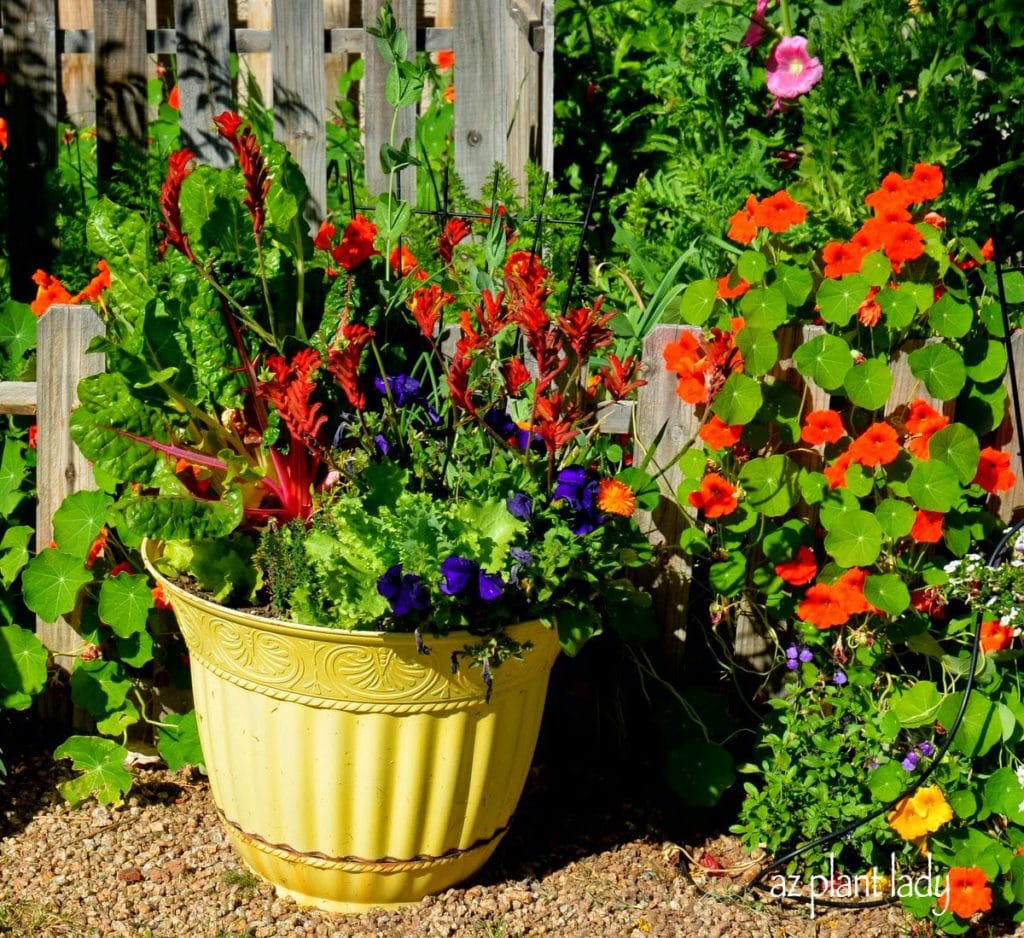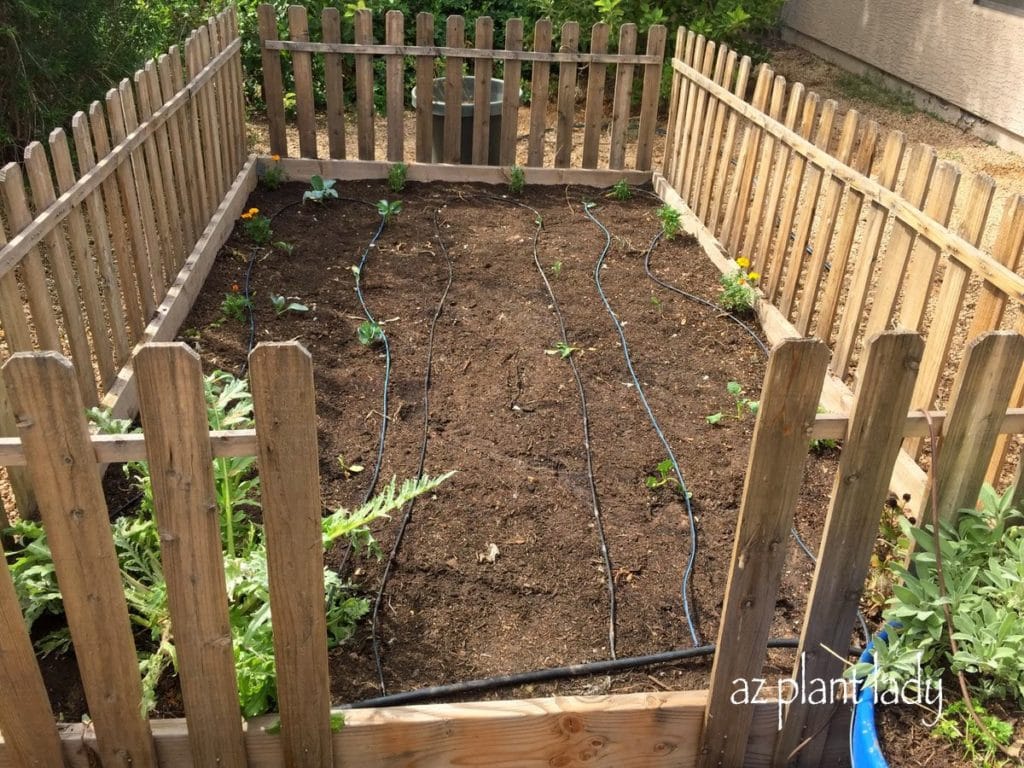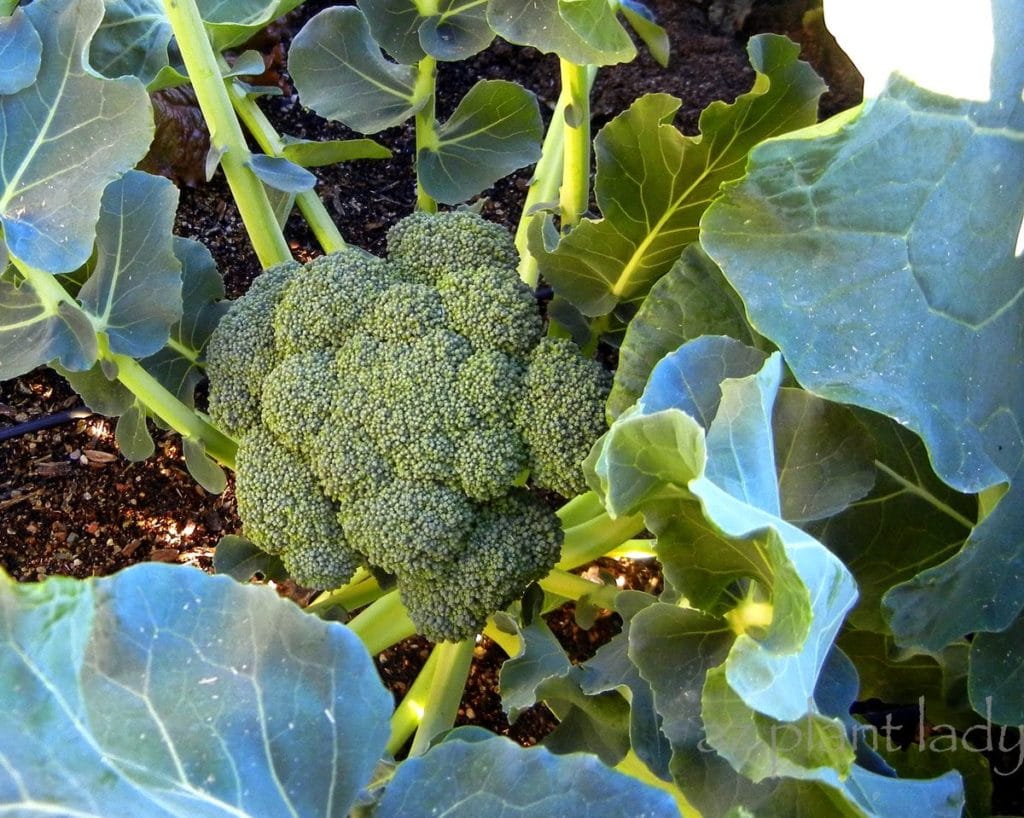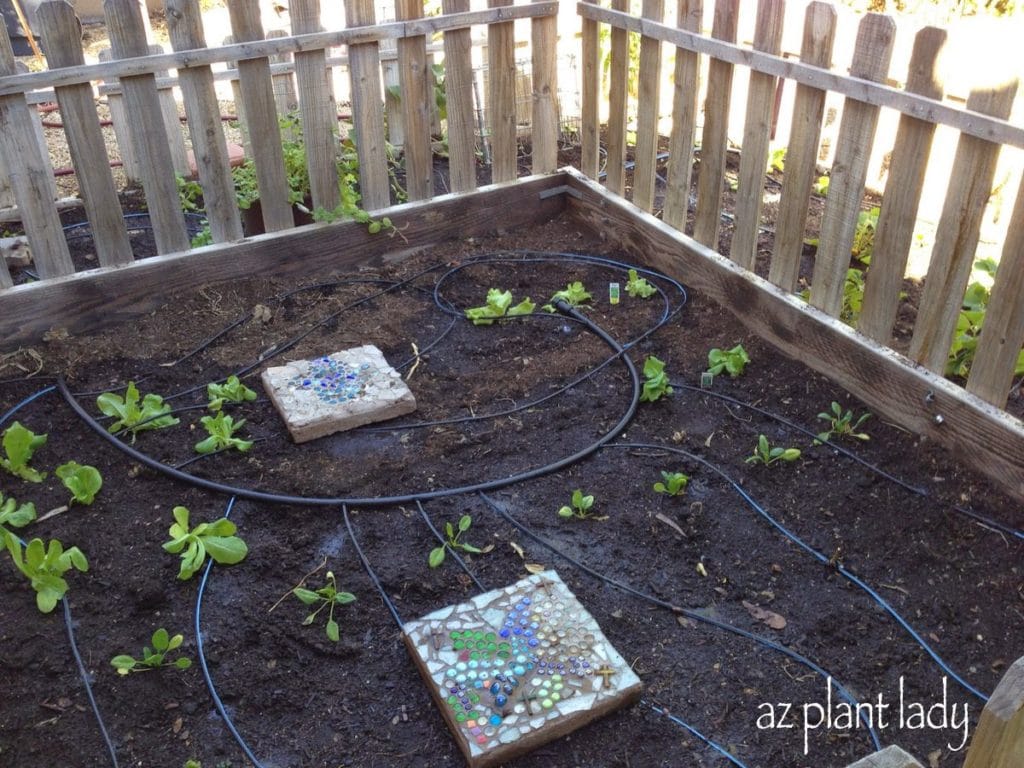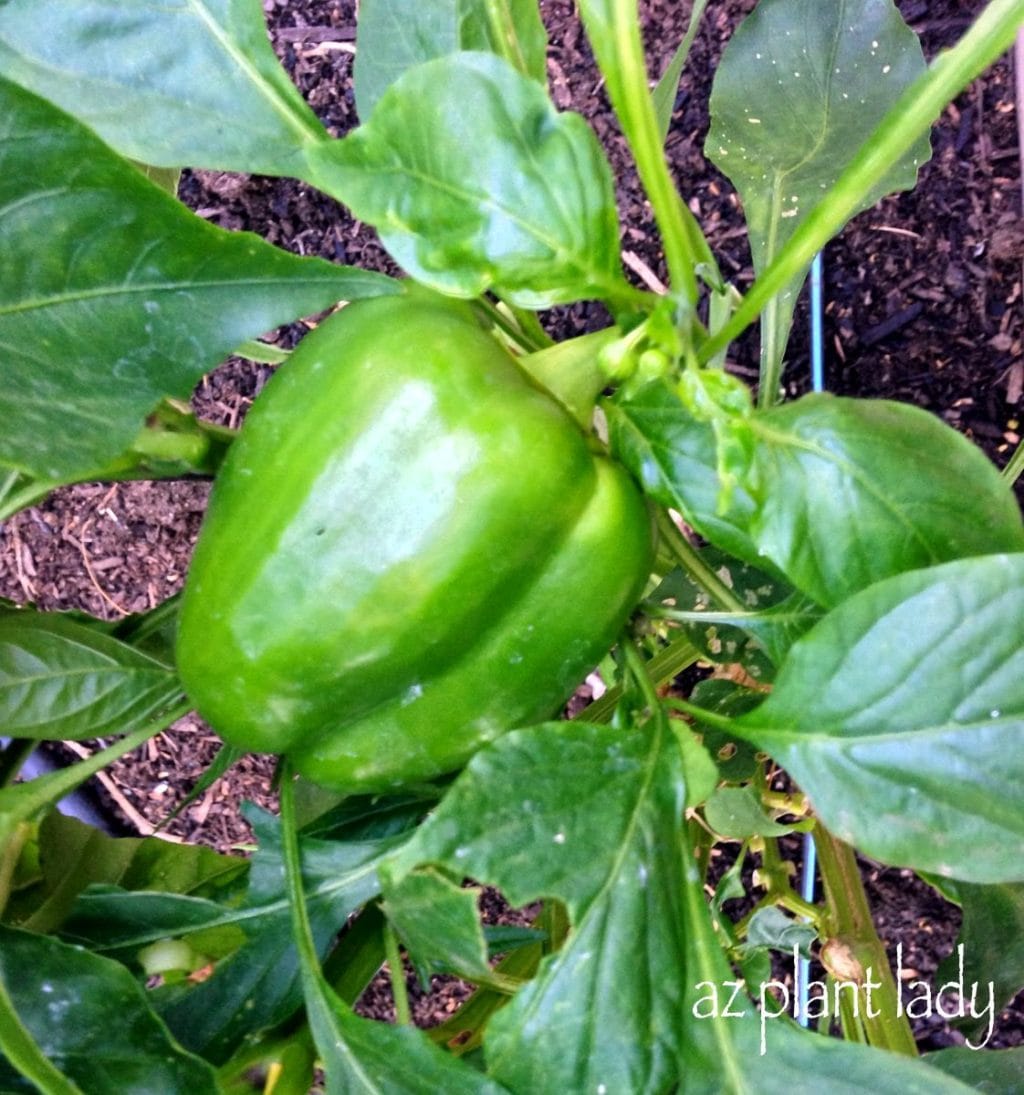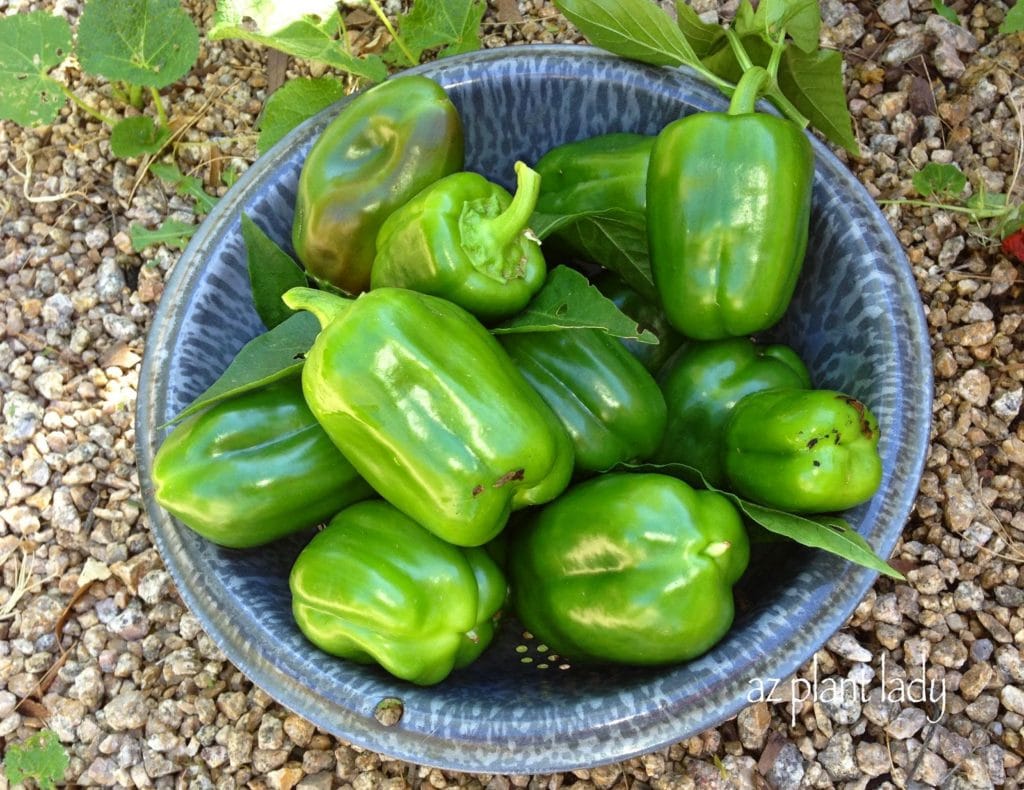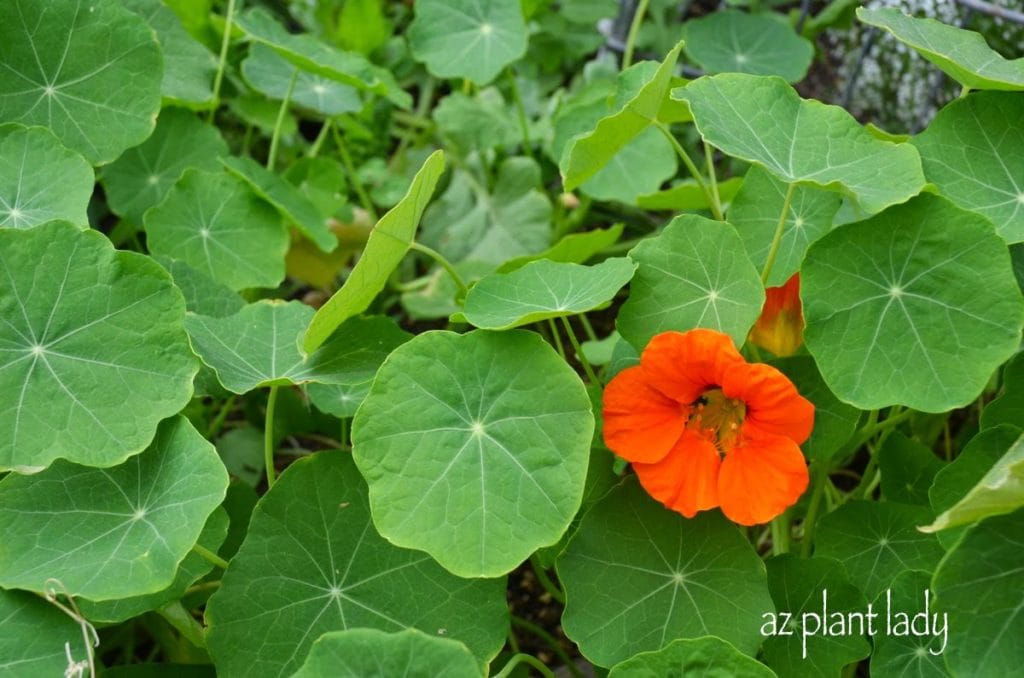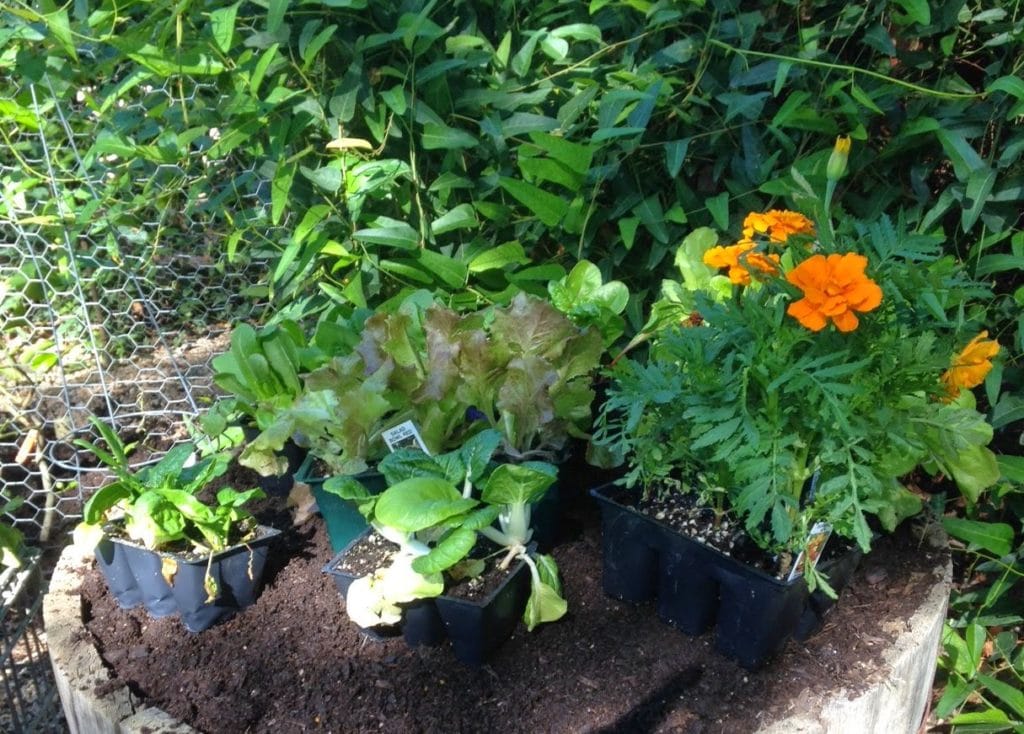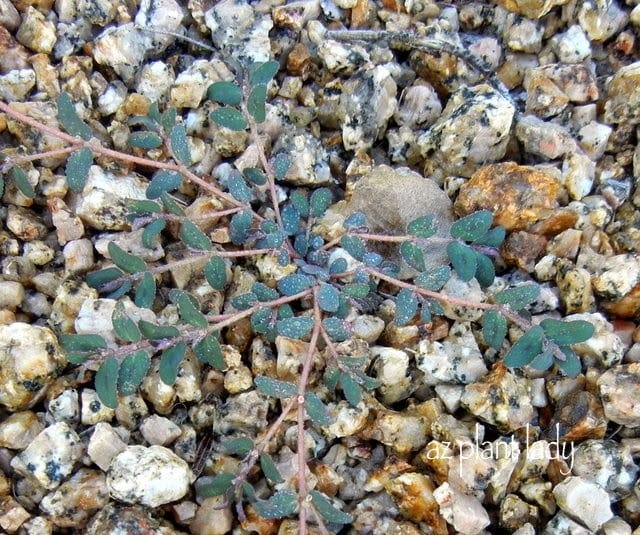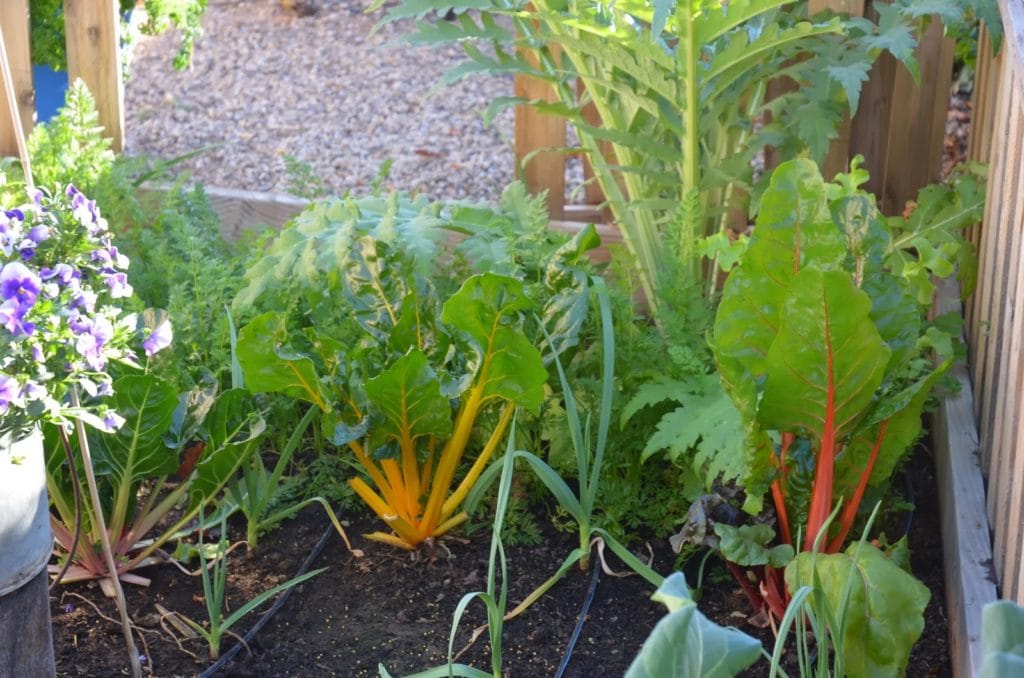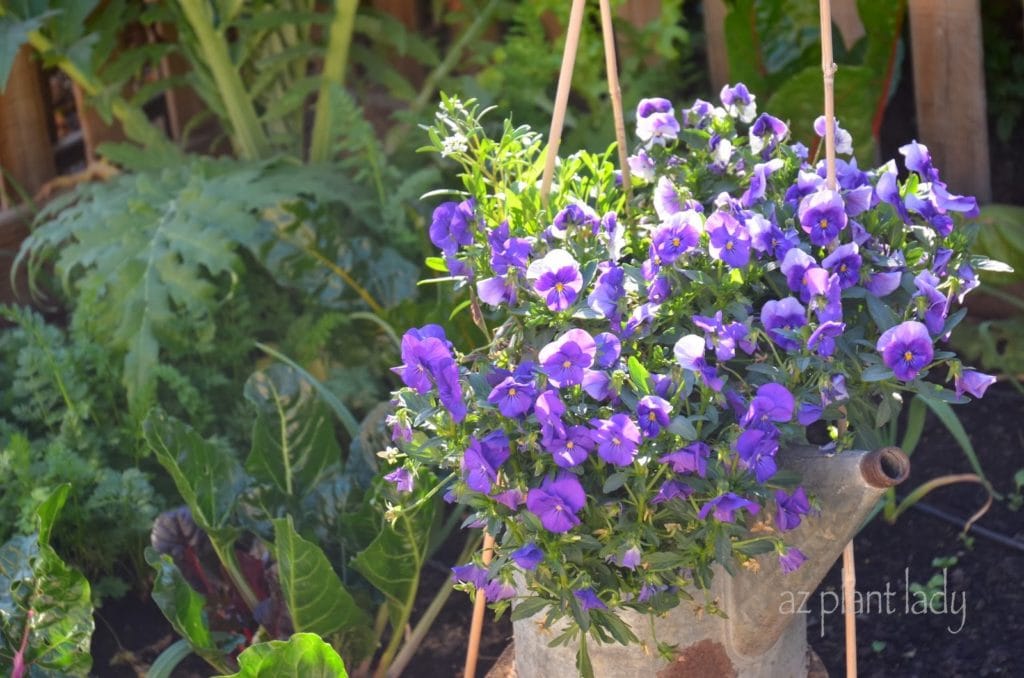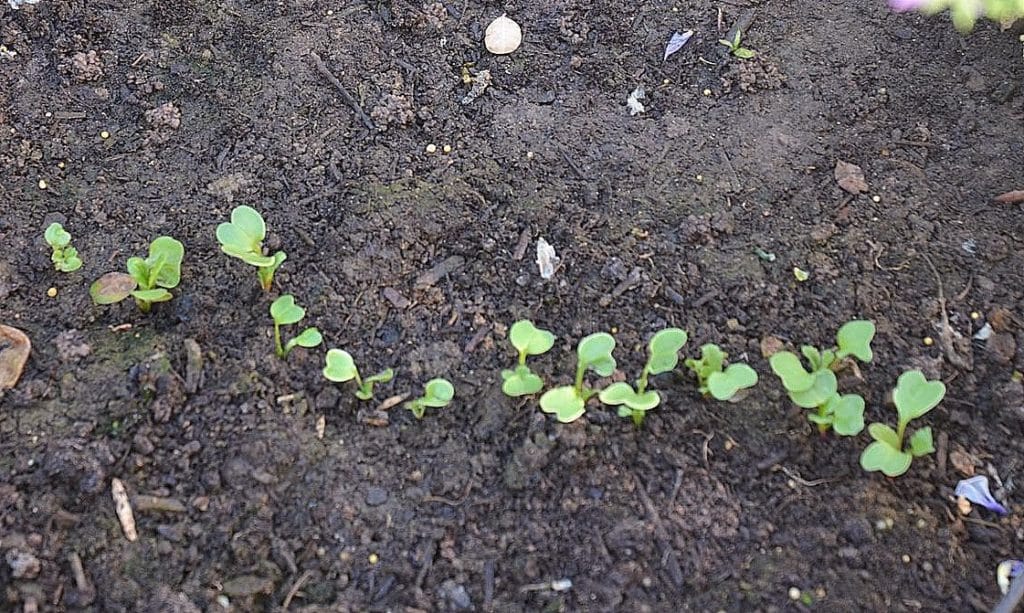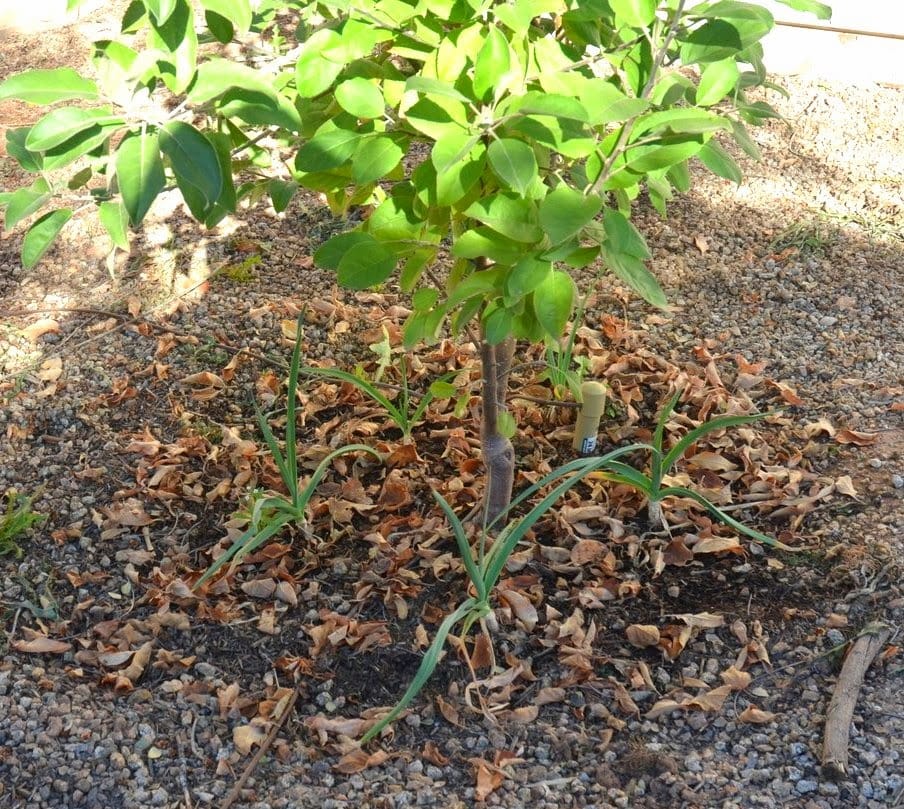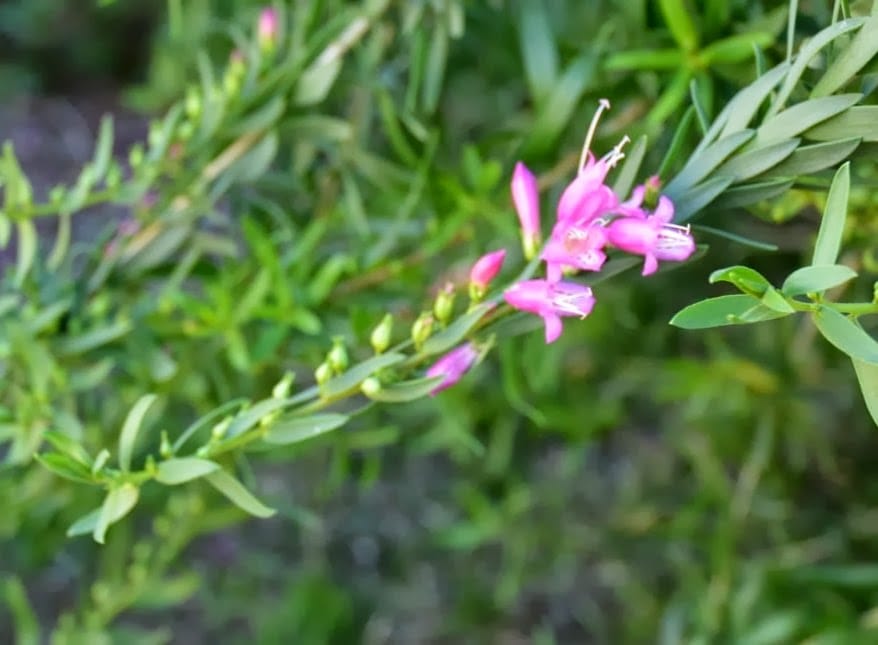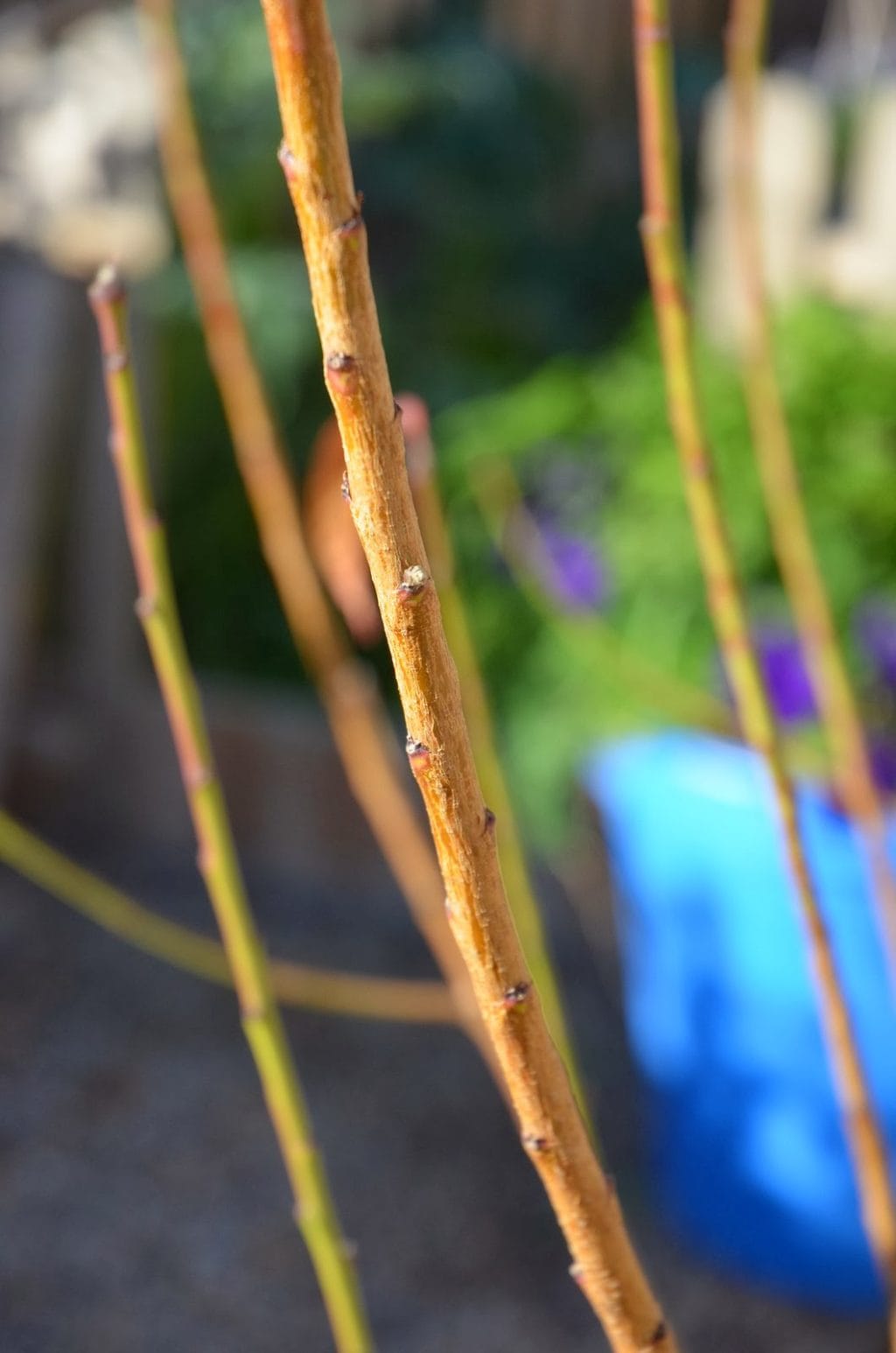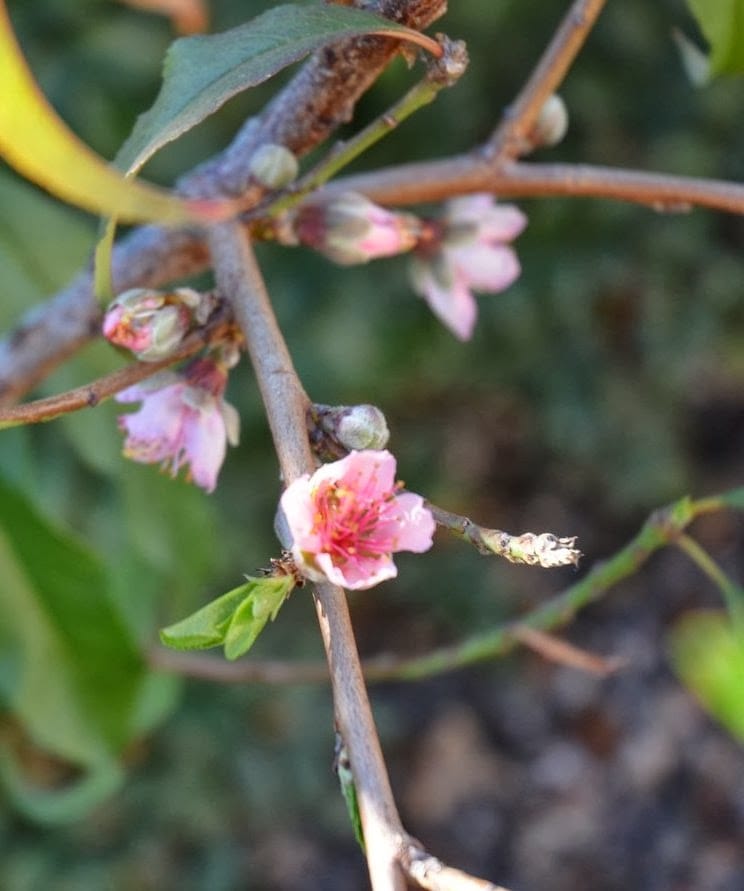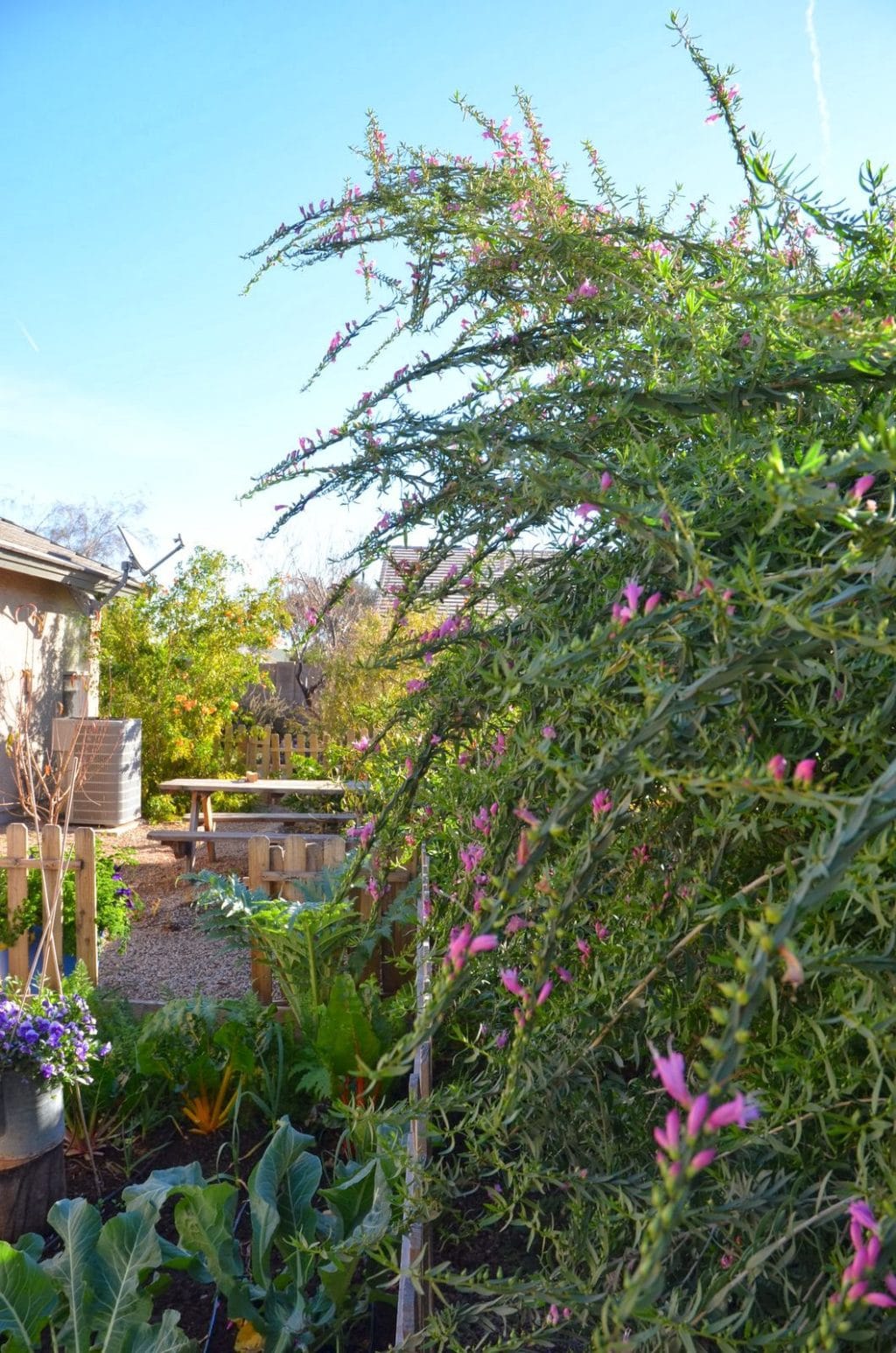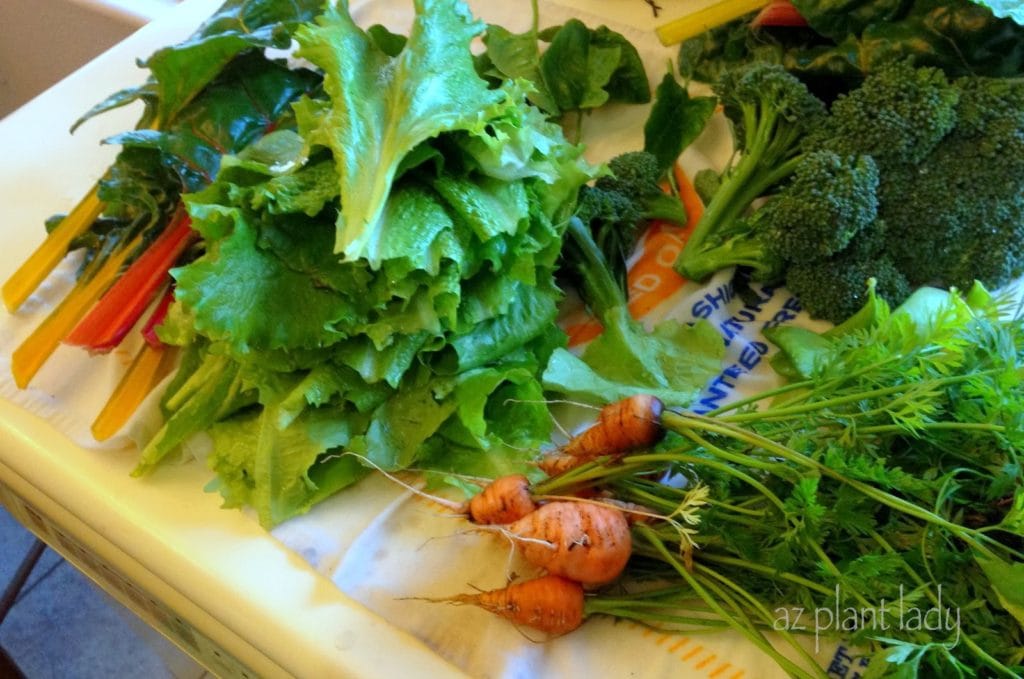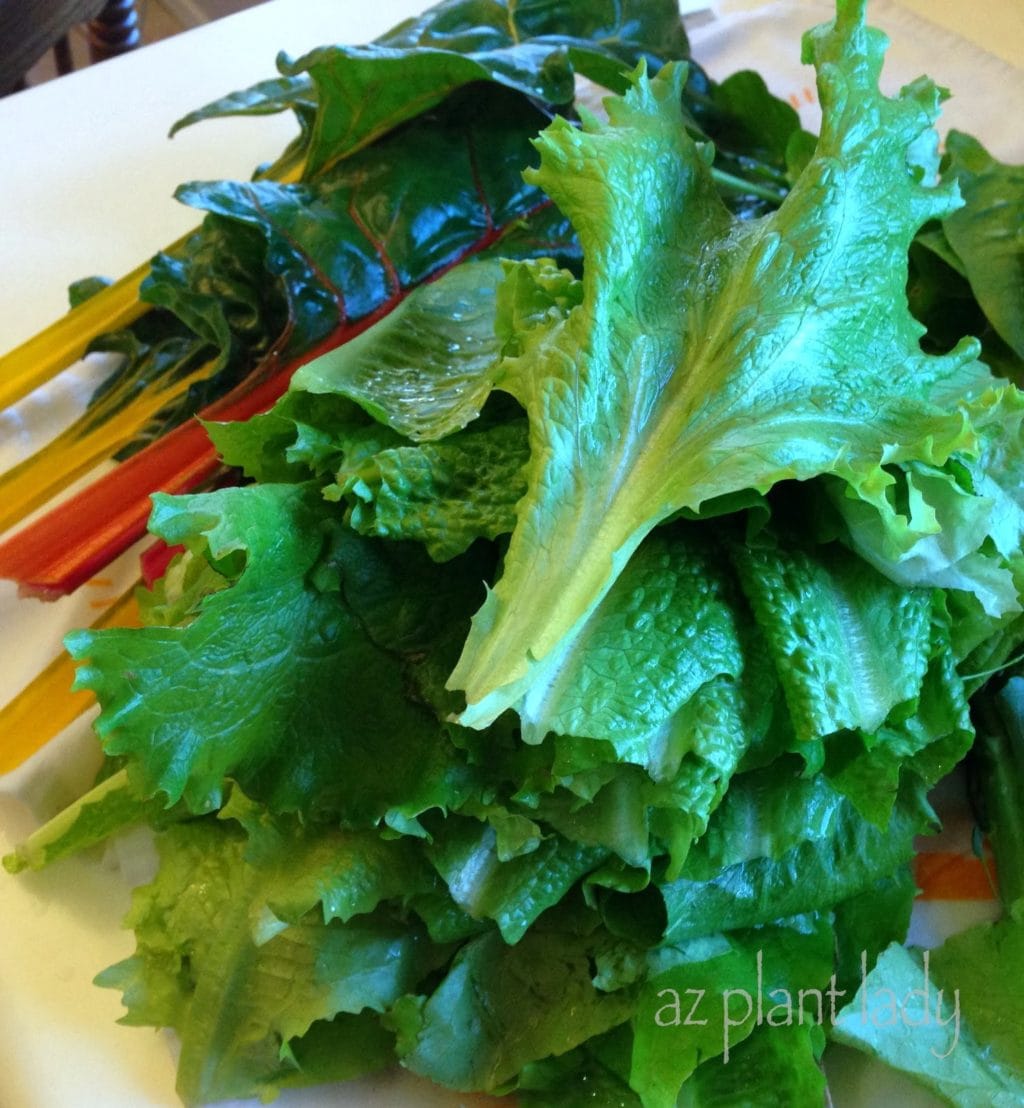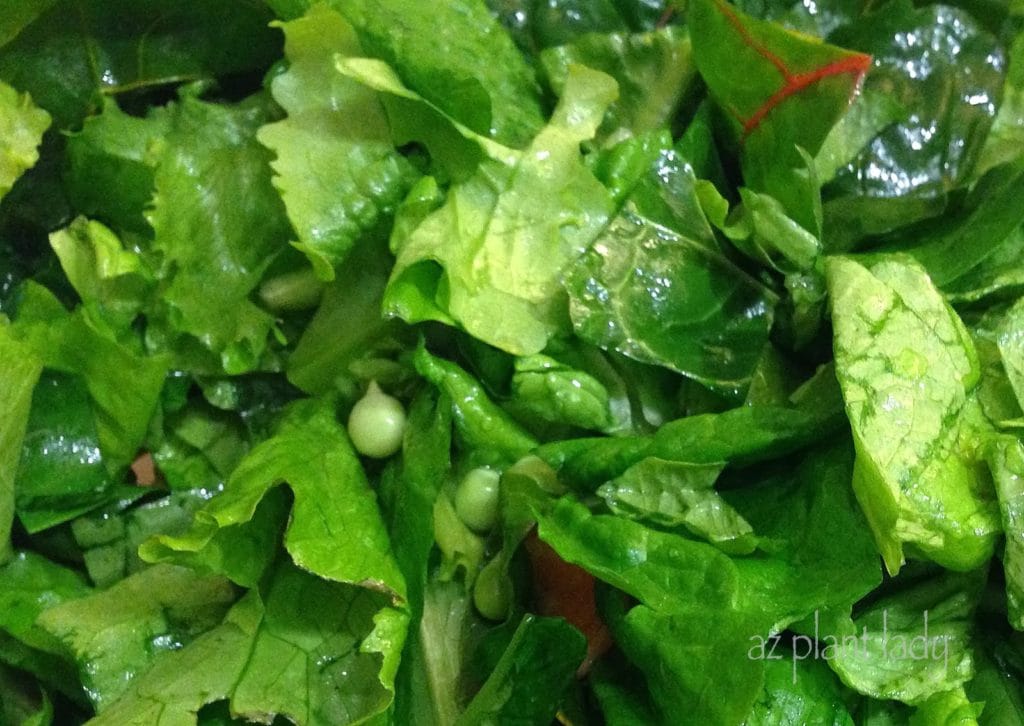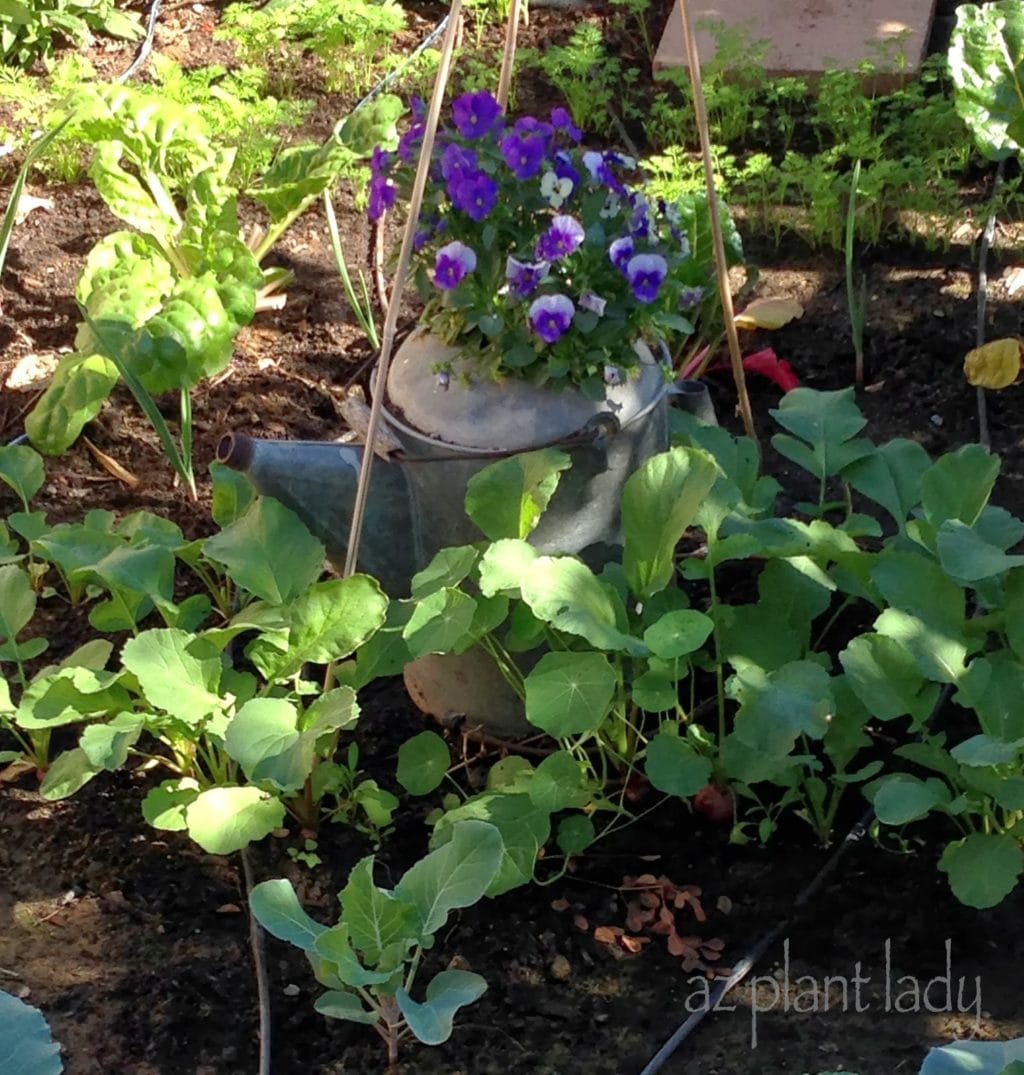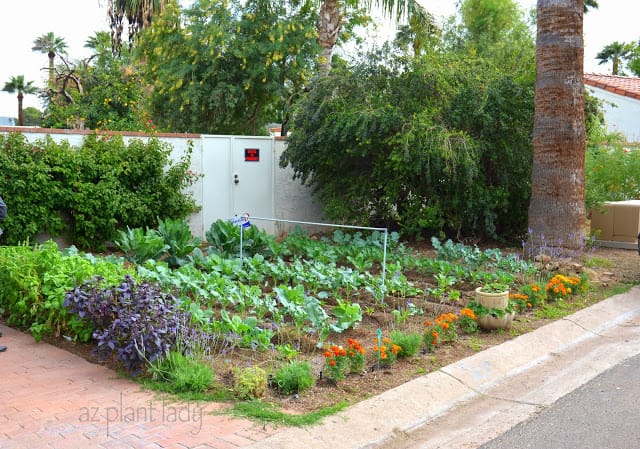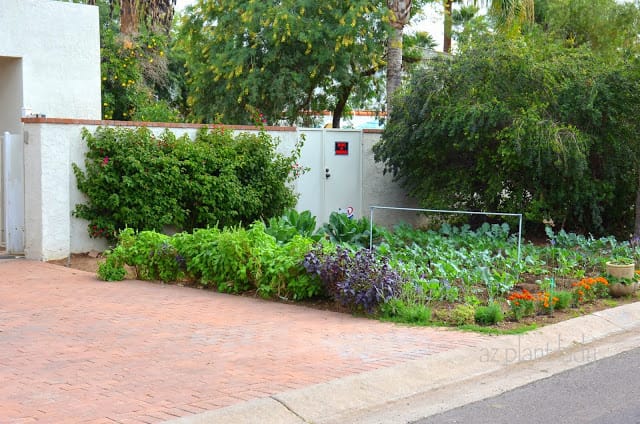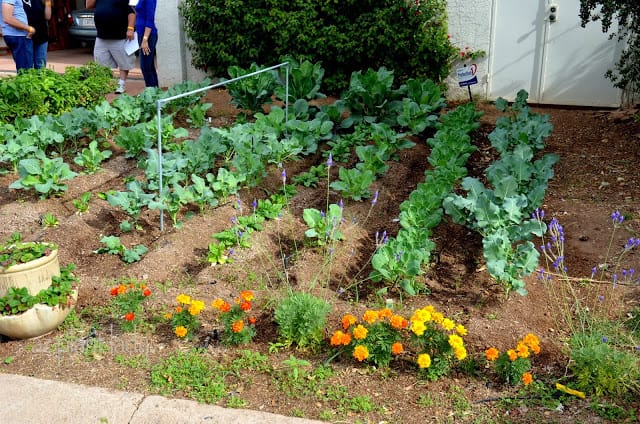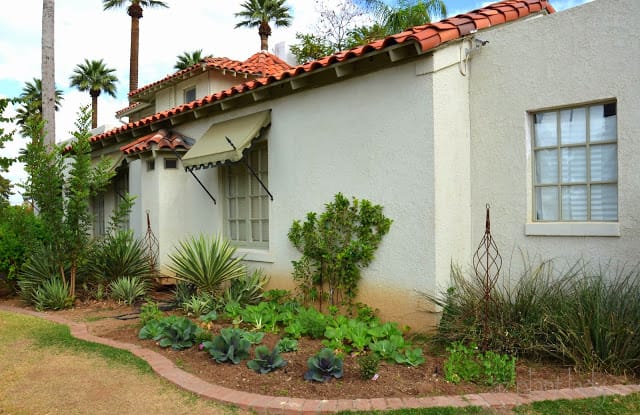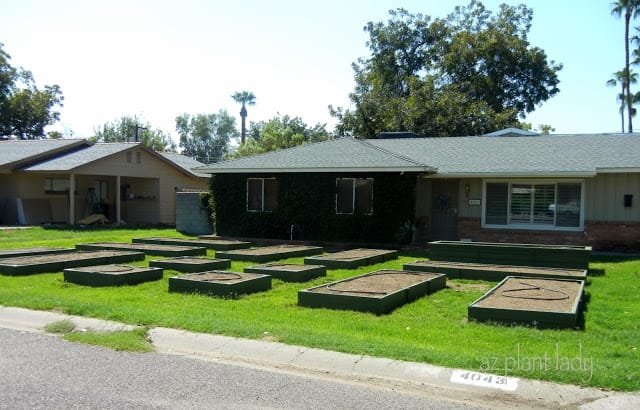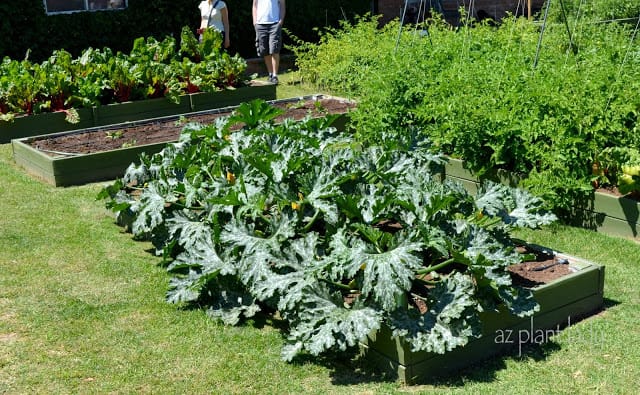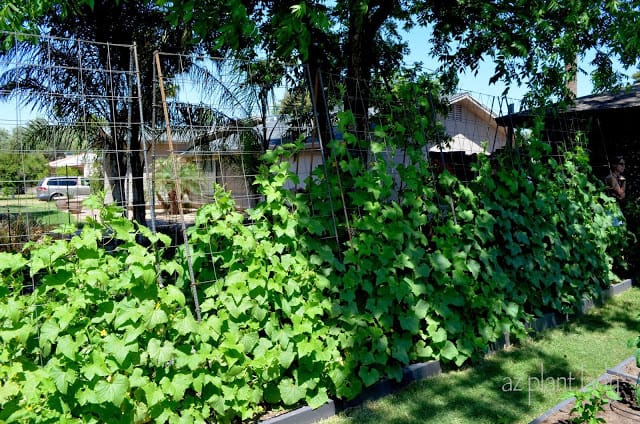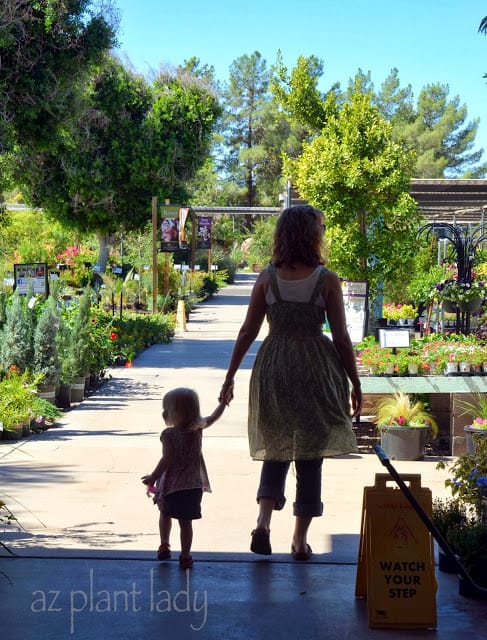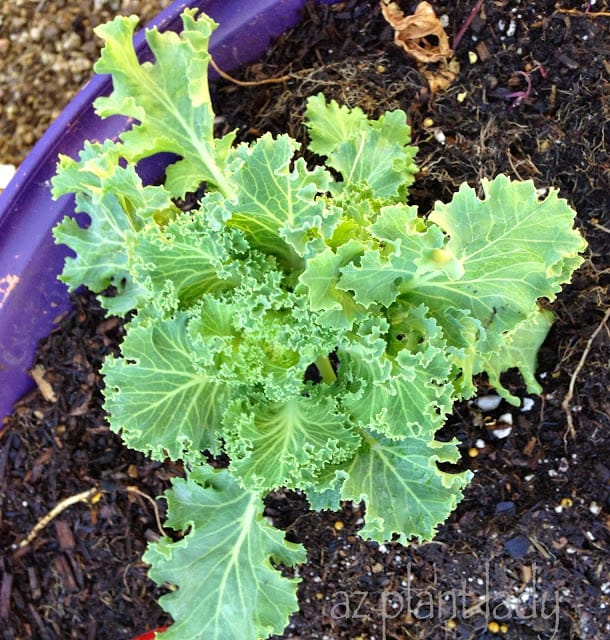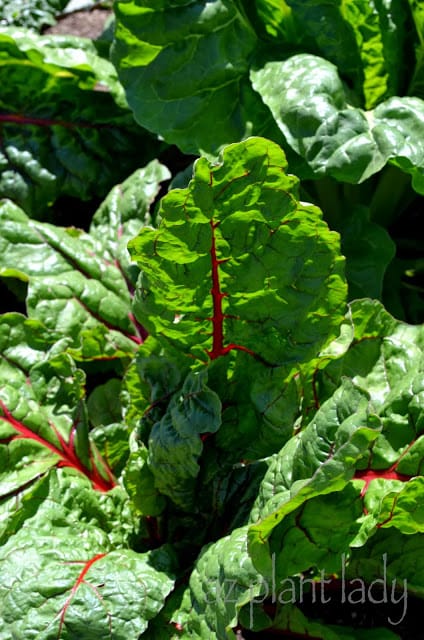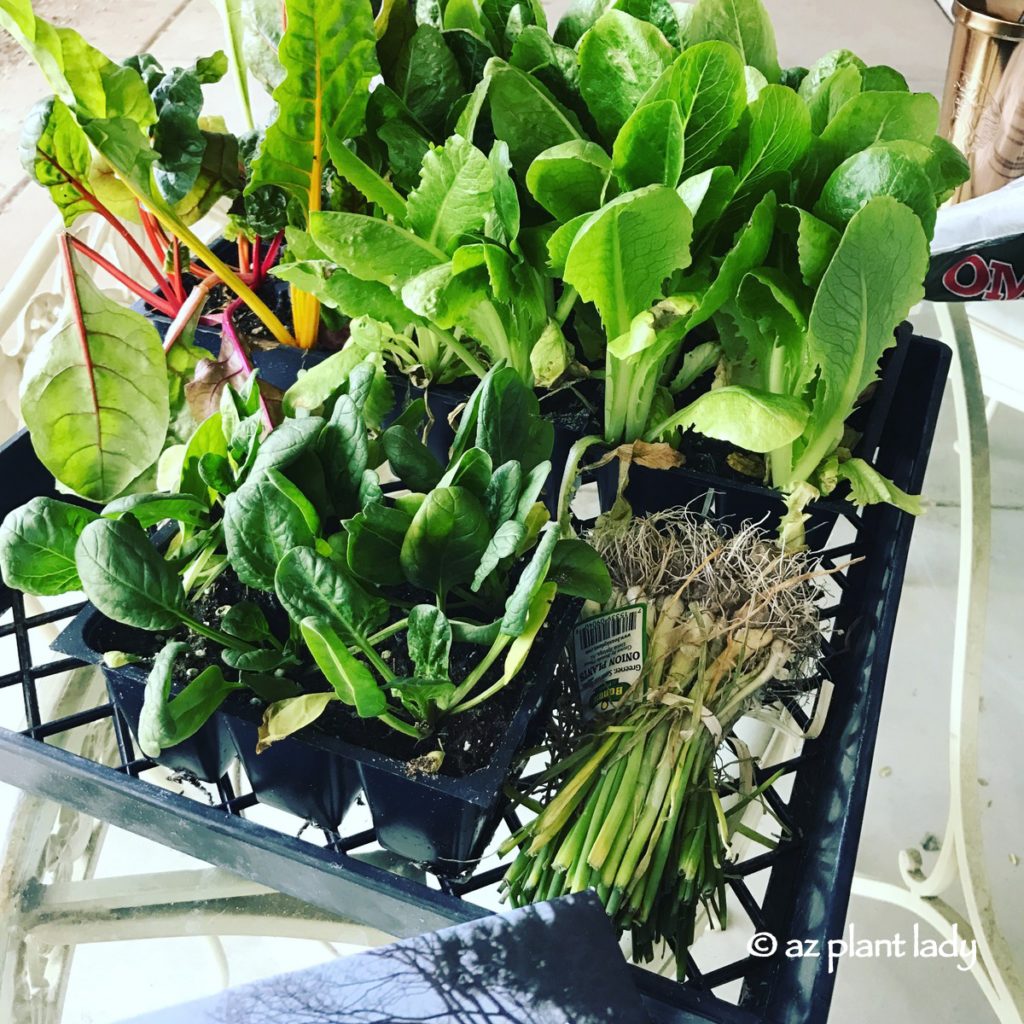
Cool-season vegetables transplants
One of the things that I enjoy about living in the Southwest is the ability to garden throughout the year. Well, that may be a slight exaggeration – I don’t especially like gardening in July or August. During those months, I simply like to view my garden out the window from the air-conditioned comfort of my home. But, you’ll often see me outside spending January in the vegetable garden through the winter months.
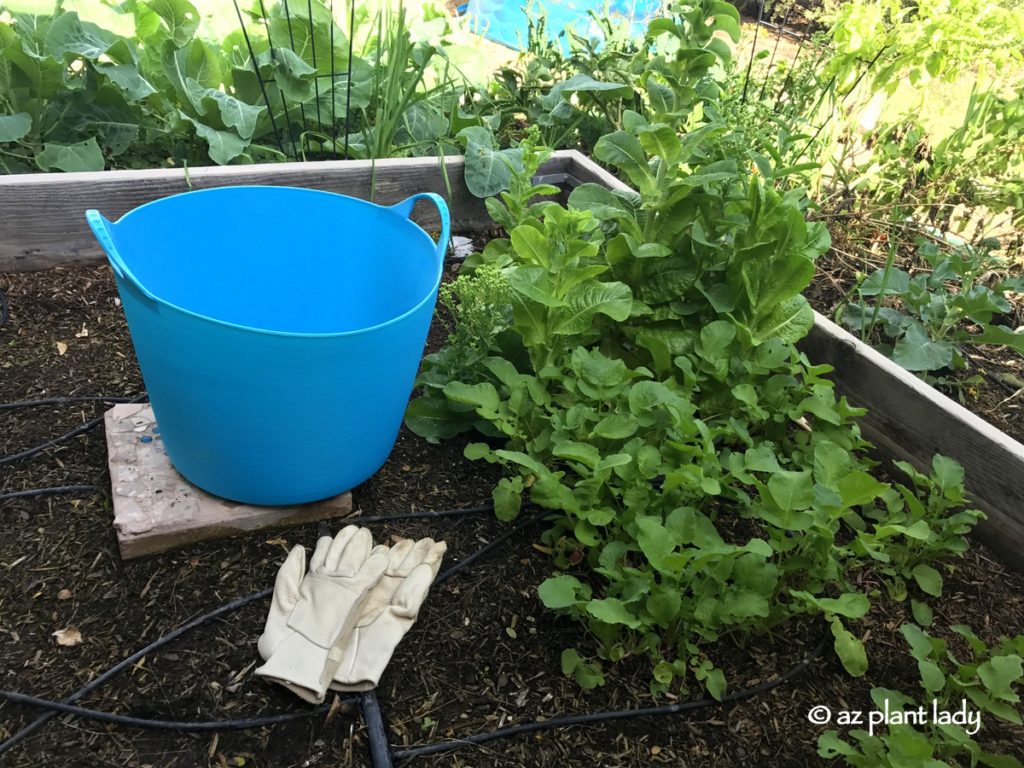
So far, this year’s cool-season garden hasn’t been very impressive. In fact, it was quite disappointing. Our drip irrigation system wasn’t watering this particular vegetable bed well because the tiny holes had become clogged from mineral deposits left behind by our notorious hard water. As a result, a handful of romaine lettuce transplants survived, but none of the seeds that I planted in early October germinated except for the radishes and a couple of carrots.
To make it worse, when I discovered the problem last fall, I was so busy trying to keep up with my landscape consulting that I didn’t fix the irrigation troubles. Spring and fall for horticulturists is much like tax season for accountants, and little else gets done.
Well, I felt bad looking out at my sad little vegetable bed, so I cleared my calendar to give it a little TLC earlier this week. First on the list was to pull out the lettuce plants, which had bolted and were ready to be taken out. I was able to get a few radishes, much to the delight of my youngest daughter who loves them.
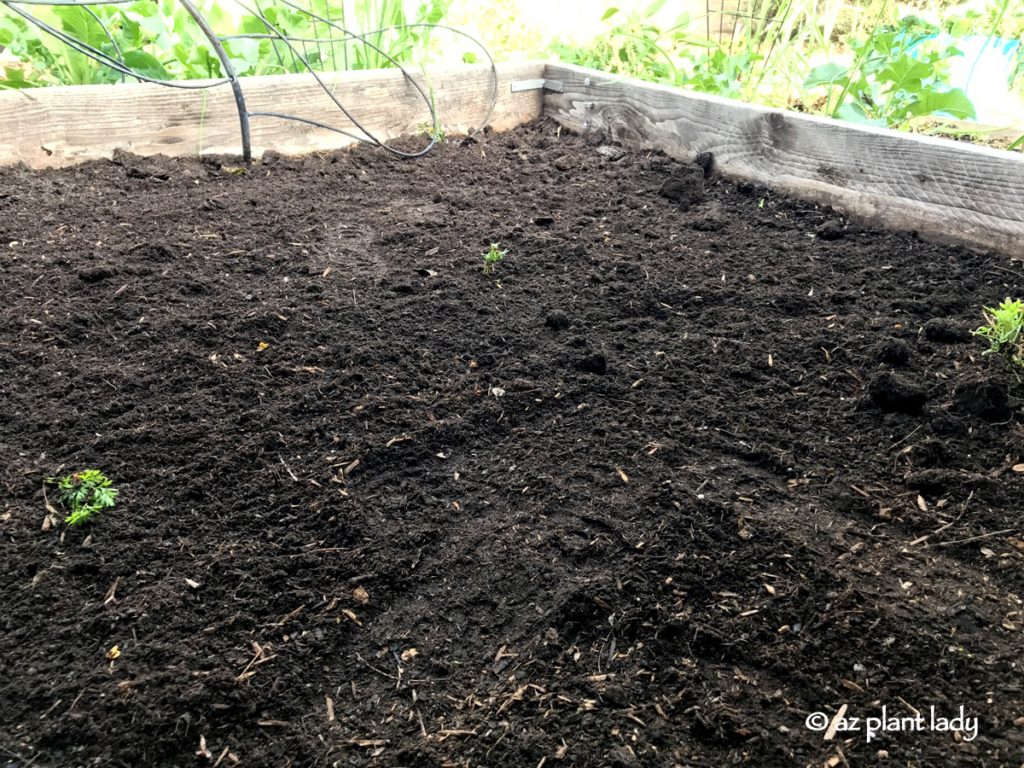
Before planting, I added a 4-inch layer of compost to help refresh the soil. There wasn’t any need to mix it in with the existing soil – in fact, it’s better if you don’t do that.
Like many people, I find working out in the garden therapeutic and the stresses of day to day life simply melt away. What made this day even better was that my husband came out to help me. At this point, I should mention that he isn’t one of those men who loves to work out in the garden. Oh, he does a great job at it, but he doesn’t like it – at all. Poor guy, he had no idea that the woman he married 30 years ago would turn out to be a plant lady who lives, eats, and breathes all things related to the garden.
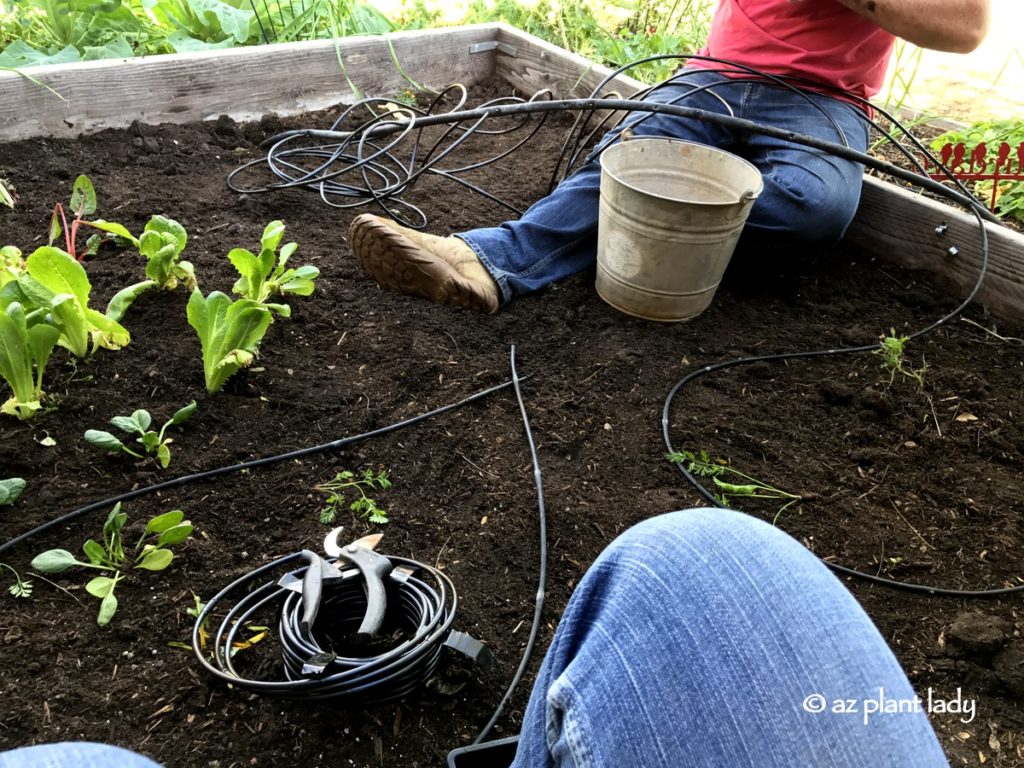
My darling husband took an entire morning out of his busy schedule to help me in the garden, fixing the drip irrigation system in my garden. Forget flowers, if spending a morning out in your wife’s vegetable garden fixing irrigation doesn’t shout “I love you,” I don’t know what does.
The drip irrigation system in my vegetable garden is made up of a main poly drip line that runs up the center of the garden. Micro-tubing, with small holes along the length, are then looped along the length of the main drip line. We pulled out the old micro-tubing and replaced it.
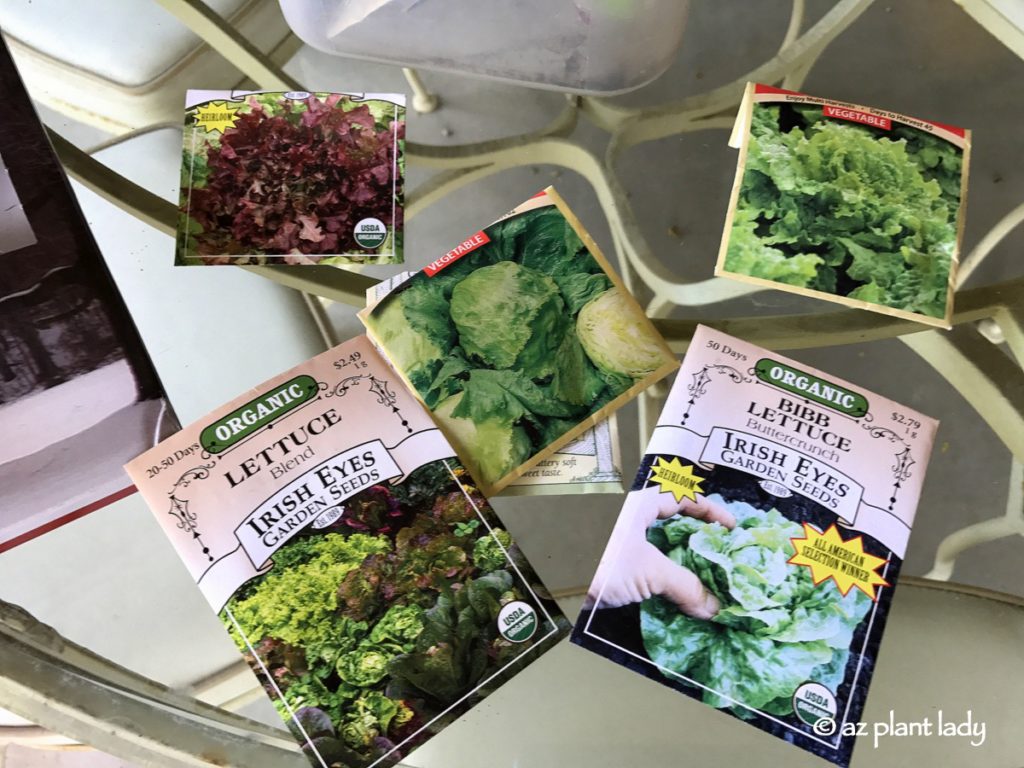
Once the irrigation repair was finished, it was time to add plants. Luckily, there is still plenty of time to plant cool-season favorites. To get a head start, I bought romaine lettuce, Swiss chard, and spinach transplants. The rest I would grow from seed. Irish Eyes Garden Seeds is one of my favorite seed companies.
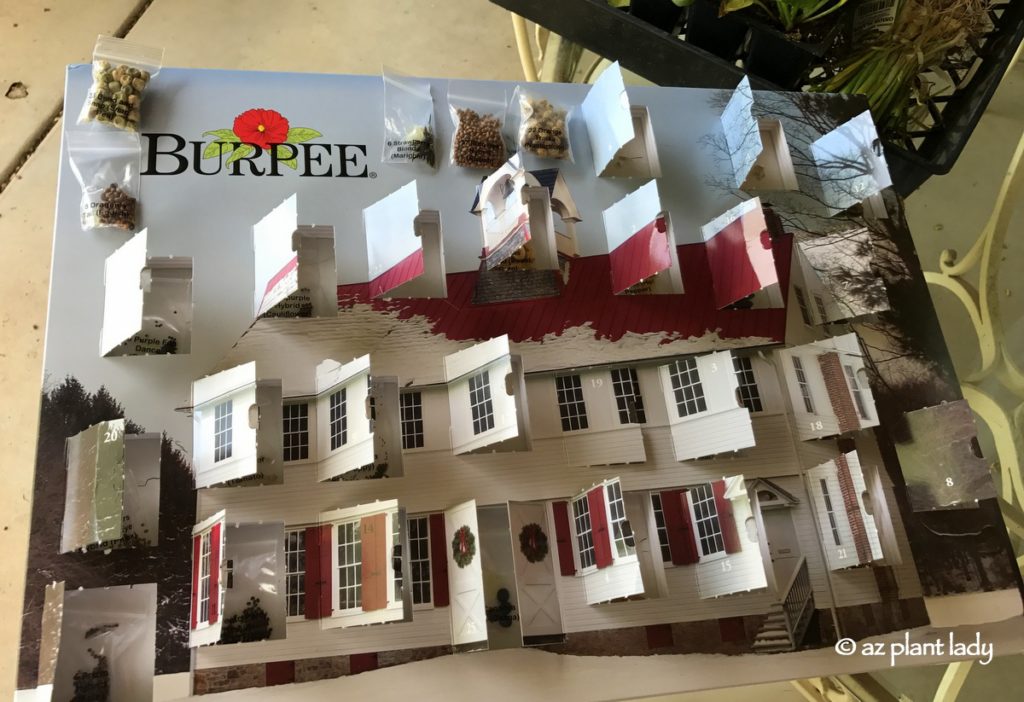
Another seed company who I have used over the years is Burpee. I remember perusing my dad’s Burpee seed catalog when I was a child and planning on which ones I would order for the little plot of land that he gave me in the back garden.
I still order seeds from Burpee and was pleasantly surprised to receive a gift from them this Christmas – an advent calendar where each door opened up to a seed packet filled with one of their new 2017 plant introductions. What an ingenious marketing tool! Every morning, I felt like a kid again waiting to see what new seeds I would find behind the door.
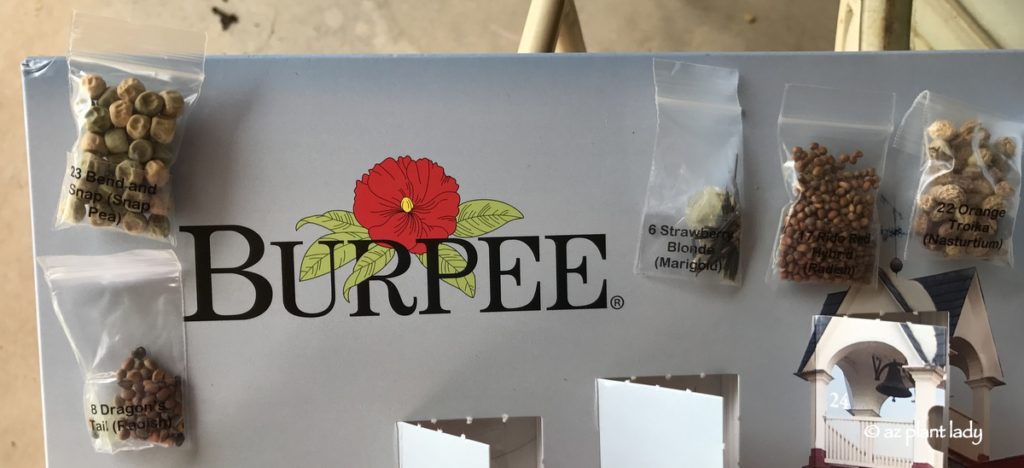
I selected ‘Dragon Tail’ radish, where you eat its purple seed pods and NOT the roots. It is a version of an Asian heirloom radish and has a more delicate flavor than regular radishes. I am very excited to see what this one does in my garden. ‘Rido Red’ radish and ‘Bend and Snap’ snap peas also found a spot in the garden.
Marigolds and nasturtiums are always present alongside cool-season vegetables as they attract beneficial pollinators, discourage harmful insect pests, and just make the garden look pretty. Imagine my delight when I saw new varieties of my favorite flowers in the advent calendar. ‘Strawberry Blonde’ marigolds and ‘Orange Troika’ nasturtiums will add welcome beauty to my vegetable bed. There were other seeds in the calendar that I plan on using including ‘Bend and Snap’ snap peas. I plan on giving some of my seeds to my mother for her garden. Burpee has a list of their new 2017 introductions, which you can access here. I’d love to hear if you grow any of them.
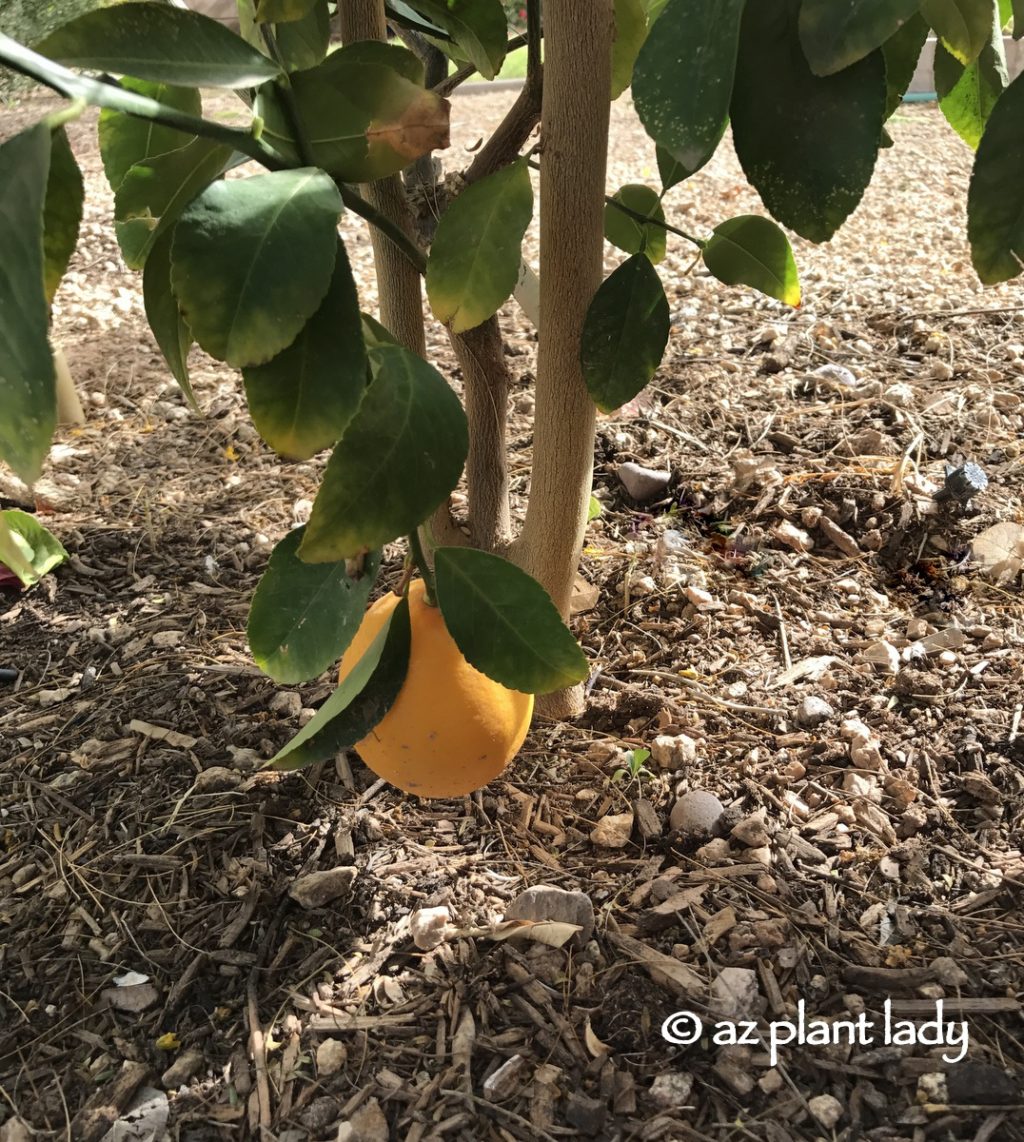
Next to the vegetable garden is my young ‘Meyer’ lemon tree. We planted it two years ago, and this is its first ever fruit. Young citrus trees can take a year or two, after planting, before it produces fruit and I look forward to years of delicious fruit from mine.
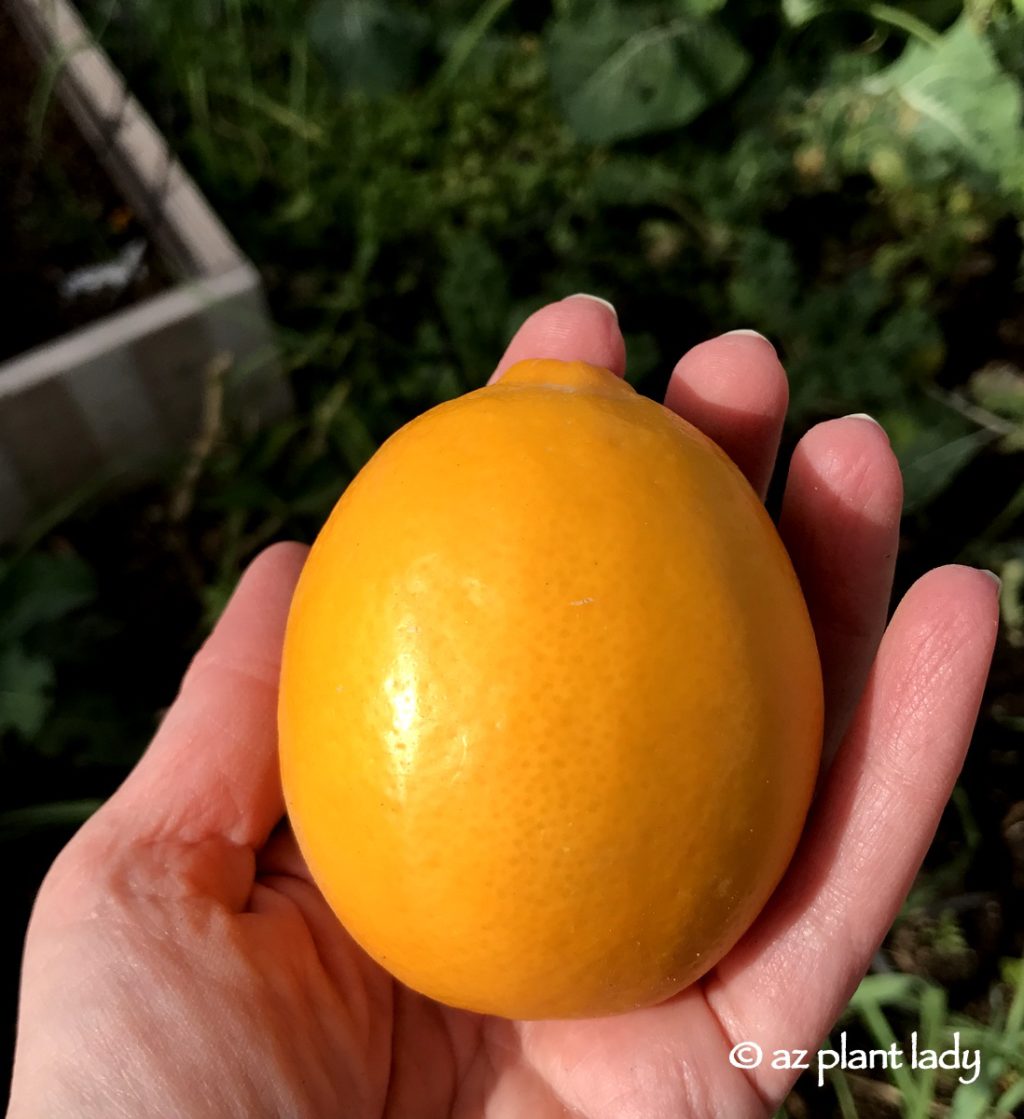
Meyer lemons aren’t true lemons. They are a cross between a regular lemon and mandarin orange, and this gives them a sweeter flavor and a deep yellow skin. The story behind Meyer lemons includes overseas exploration, threatened extinction, and Martha Stewart.
Well, that is what is happening in the January vegetable garden. What is growing in your winter garden?

